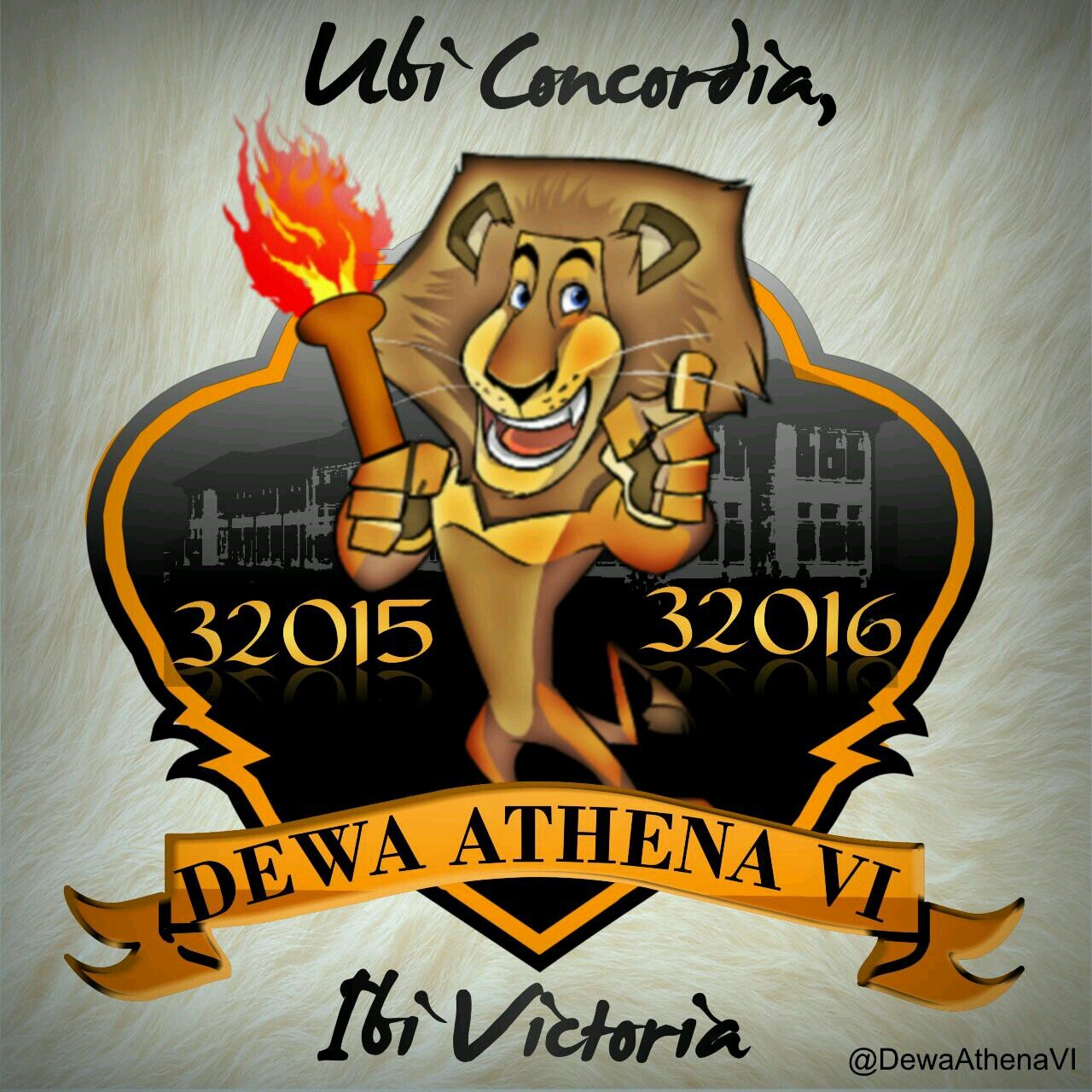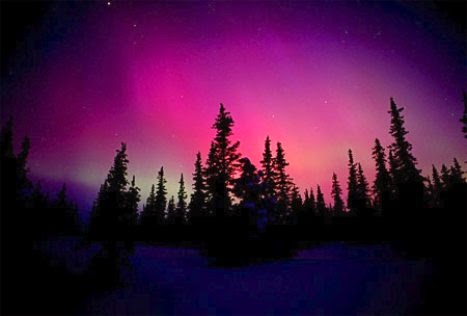This time, I will tell you about my inspiring person. She is J. K. Rowling.
Joanne Rowling was born in July 1965 at Yate General Hospital in England and grew up in Chepstow, Gwent where she went to Wyedean Comprehensive.
Jo left Chepstow for Exeter University, where she earned a French and Classics degree, her course including one year in Paris. As a postgraduate she moved to London and worked as a researcher at Amnesty International among other jobs. She started writing the Harry Potter series during a delayed Manchester to London King’s Cross train journey, and during the next five years, outlined the plots for each book and began writing the first novel.
Jo then moved to northern Portugal, where she taught English as a foreign language. She married in October 1992 and gave birth to a daughter in 1993. When the marriage ended, she and Jessica returned to the UK to live in Edinburgh, where Harry Potter & the Sorcerer’s Stone was eventually completed. The book was first published by Bloomsbury Children’s Books in June 1997, under the name J.K. Rowling. The “K”, for Kathleen, her paternal grandmother’s name was added at her publisher’s request who thought that a woman’s name would not appeal to the target audience of young boys.
The second title in the series, Harry Potter and the Chamber of Secrets, was published in July 1998 and was No. 1 in the adult hardback bestseller charts for a month after publication.Harry Potter and the Prisoner of Azkaban was published on 8th July 1999 to worldwide acclaim and spent four weeks at No.1 in the UK adult hardback bestseller charts.
The fourth book in the series, Harry Potter and the Goblet of Fire was published on 8th July 2000 with a record first print run of 1 million copies for the UK. It quickly broke all records for the greatest number of books sold on the first day of publication in the UK.
Harry Potter and the Order of the Phoenix was published in Britain, the USA, Canada and Australia on 21st June 2003 and broke the records set by Harry Potter & the Goblet of Fire as the fastest selling book in history. Harry Potter and the Half-Blood Prince was published in the UK, US and other English-speaking countries on 16th July 2005 and also achieved record sales.
The seventh and final book in the series, Harry Potter and the Deathly Hallows, was published in the UK, US and other English speaking countries in 2007.
J.K. Rowling has also written two small volumes, which appear as the titles of Harry’s school books within the novels. Fantastic Beasts and Where to Find Them and Quidditch Through The Ages were published in March 2001 in aid of Comic Relief.
In December 2008, The Tales of Beedle the Bard was published in aid of the Children’s High Level Group (now Lumos).
As well as an OBE for services to children’s literature, J.K. Rowling is the recipient of numerous awards and honorary degrees including the Prince of Asturias Award for Concord, France’s Légion d’Honneur, and the Hans Christian AndersenLiterature Award, and she has been a Commencement Speaker at Harvard University USA. She supports a wide number of charitable causes through her charitable trust Volant, and is the founder of Lumos, a charity working to transform the lives of disadvantaged children.
In 2012, J.K. Rowling published her first novel for adults, The Casual Vacancy (Little Brown), which has now been published in 44 languages.
J.K. Rowling has also written The Cuckoo's Calling (Little Brown), her first crime novel under the pseudonym Robert Galbraith, which was published in 2013 and is to be translated into 37 languages. A second Robert Galbraith novel is due to be published in 2014.
J.K. Rowling is currently writing the screen play, Fantastic Beasts and Where to Find Them, an original story set in the wizarding world, some of which will be familiar to Harry Potter fans. It marks her screenwriting debut and the start of a new film series with Warner Bros.














